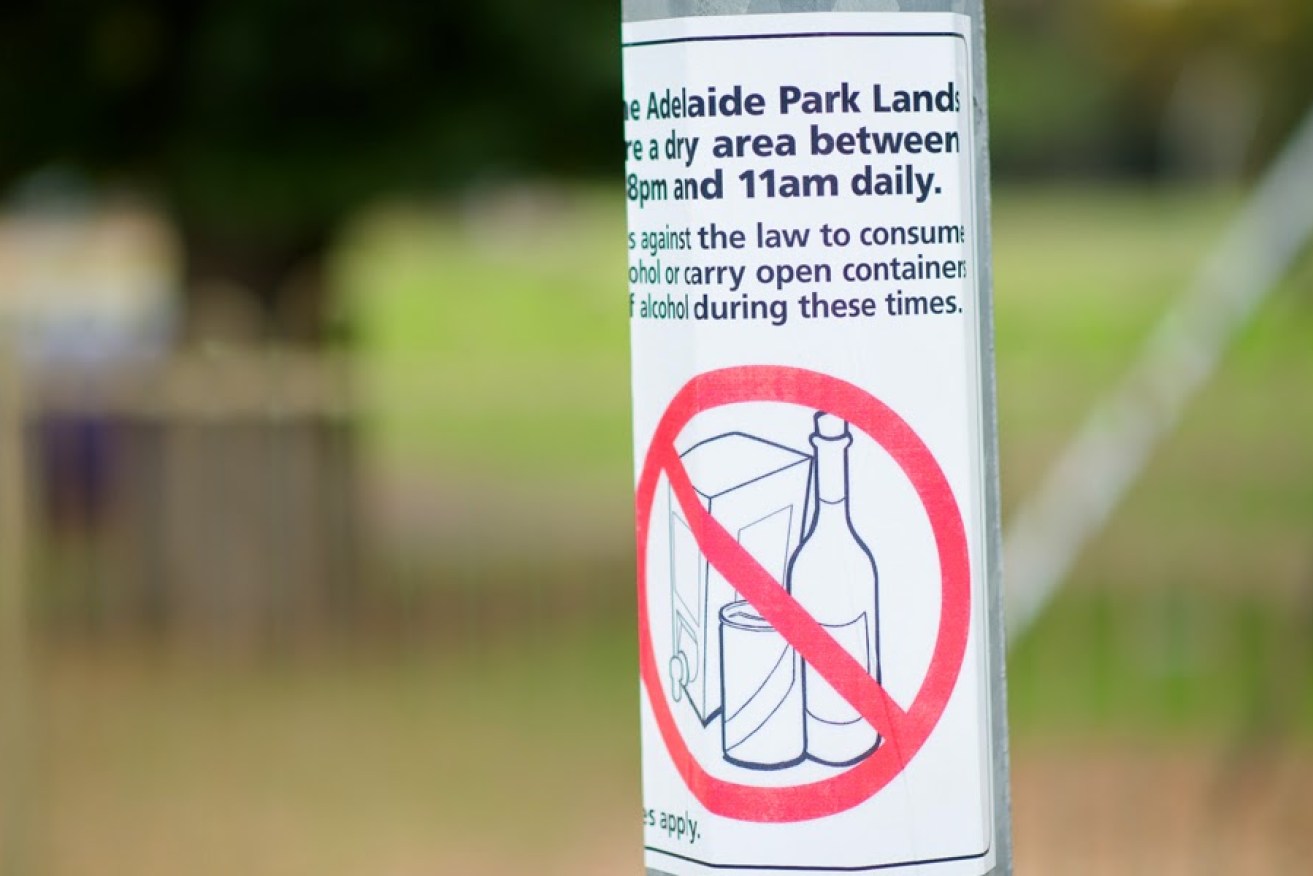Fines futility: One community, 28 people, $300,000 worth of penalties
Fines and booze bans are failing to curtail problem drinking in indigenous communities, with case workers reporting almost $300,000 worth of unpaid penalties had been accrued by just 28 members of one district last year.

The Aboriginal Legal Rights Movement’s submission to a statewide liquor licensing review reveals “extraordinary and outrageous” figures collated by the agency’s staff, and argues expiation notices “are an inappropriate and ineffective means to enforce laws”.
The ALRM says fines are too readily doled out to people sleeping rough, many of whom have ongoing medical or mental health conditions, and as such remain unpaid, ignored or forgotten.
These fines then exponentially accrue further liabilities – which also remain unpaid.
“It is the experience of ALRM lawyers and Field Officers that homeless people and people sleeping rough are often subject to police attention and the attention of council employees for the kinds of minor offences which are subject to expiation,” the report states.
“These people are, because of their medical condition, often incapable of comprehending expiation notices or their implications.”
The submission tells of “one remote community visited by ALRM workers”, who in October 2014 found “a total of 25 community members with unpaid fines totalling $90,000”.
Less than a year later, in July 2015, “we found 28 community members with a total of $299,000 [outstanding]”.
“These figures are extraordinary and outrageous and they disclose that expiation for offences in public places is not effective and does not engender respect for the law,” the ALRM argues.
“They keep already poor people in the grip of poverty through fortnightly reductions of already meagre pensions and allowances [and] create an unmanageable and unconscionable burden on the Penalty Management Unit.”
The submission argues fines for grog offences are futile as many recipients “do not understand that an unpaid notice gives rise to further payments and fees as long as they remain unpaid”, nor “that they are able to have their matters diverted to court to contest their fitness to plead”.
Neither do many understand that “multiple offences give rise to multiple notices”, nor “comprehend the notices themselves, written as they are in their second language, English, and with much legalese and fine print”.
The ALRM submission backs conclusions of a 2011 South Australian coronial inquiry into Aboriginal deaths associated with sleeping rough that “people in the grip of the grog be treated under a medical model of intervention and diversion through the Public Intoxication Act and detoxification in public hospitals and alcohol rehabilitation centres”.
However, the ALRM “does not support mandatory treatment orders”.
The movement wants the Public Intoxication Act widened “to include intoxicated disorderly behaviour and offensive language cases”.
The submission also argued against SA’s hotly-debated “dry zones” – most notably in the Adelaide parklands – citing “evaluation work” that suggested such exclusion areas “tend to operate in such a way as to single out Aboriginal people since it is mostly Aboriginal people that drink and socialise in public places”.
It argued while dry areas “are effective in deterring literate employed young men and women from drinking in public places [and] have the effect of lowering crime rates in the central business district of the towns and cities concerned”, any benefits come “at too high a price in terms of civil liberties, particularly for Aboriginal citizens whose social life in communicating and interacting with peers in a public place is disrupted”.
The agency said the measure had the effect of limiting access to vital services and “creating a homogenised and artificial image of Australian towns and cities in the minds of tourists” while “the plight of Aboriginal people in terms of health, welfare, effects of dispossession etc are swept under the carpet”.
“Vulnerable people moved away as a result of dry areas are in danger of crimes, including crimes of sexual and general violence being committed upon them, of suffering medical emergencies in obscure places where access to medical services is limited, of exposure to adverse weather [and] of further alienation because of their invisibility,” the report said.
“It must be remembered that those who do drink in public places tend to be people who suffer from chronic illnesses and are marginalised from family and other social ties. They are the very people who need services which are made much harder to deliver.”
Adelaide City Council’s much-debated parklands dry-zone policy was last year branded “racist” by a group representing several city homelessness services, with Dr Phil Davies of the Independent Community-Wide Homelessness Administrators Group (ICHAG) telling InDaily it represented an “an out-of-sight, out-of-mind policy”.
“It’s designed to move Aboriginal people out of the city, and from that, it’s a racist law. It does nothing to assist the people that have really got problems,” he said.
“It’s a policy of turning a blind eye to a very serious problem.”
The ALRM also rails against the lack of “political consensus” in establishing dry zones in indigenous communities, arguing: “It is that imposition of dry areas by civic authorities in the towns and cities, and approved by State Government, which gives rise to resentment and feelings of discrimination in the minds of Aboriginal people.”
The liquor licensing review, by former Supreme Court judge Tim Anderson QC, is due to be handed down by the end of June.




